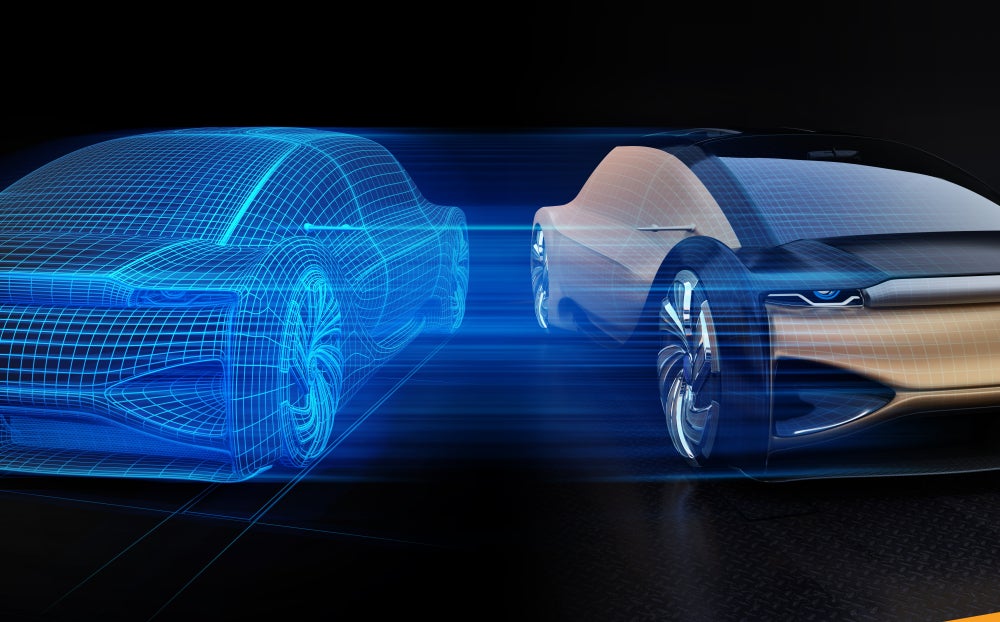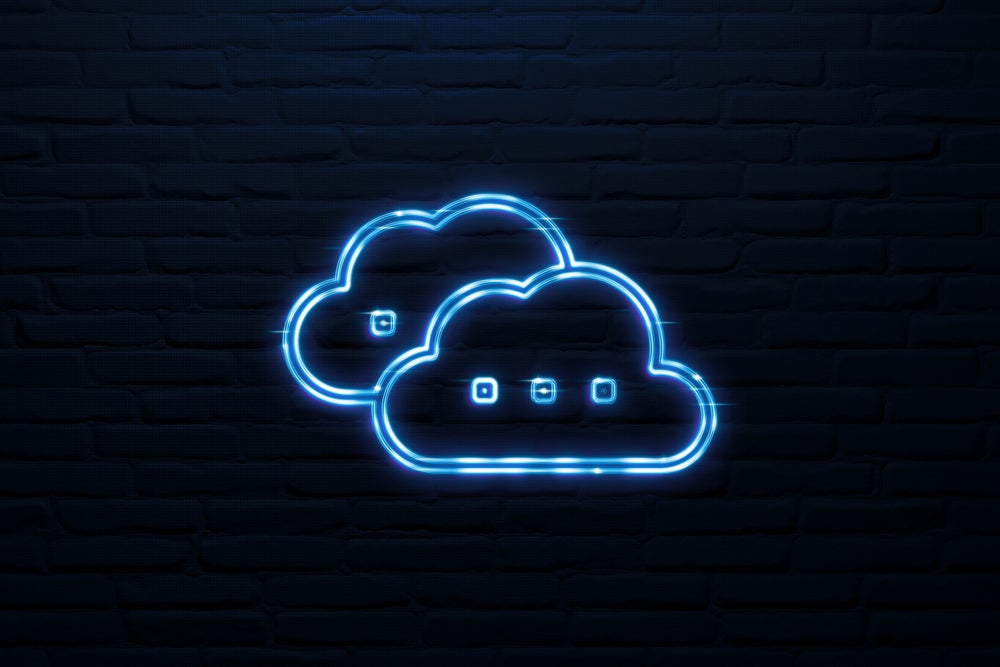Ask a person in the street what digital twins are, and you’ll almost certainly get a look of incomprehension and an admission that they’ve never heard of the term.
That’s ironic because the technology is becoming the workhorse of tech applications in every sector. But to anyone outside the tech world, they are broadly unknown, despite the intriguing name.
So, what are digital twins? Well, they are digital representations of a physical thing. Of physical assets, systems, people, or processes. They help detect, prevent, predict, and optimise the physical environment using artificial intelligence (AI), real-time analytics, visualisation, and simulation tools.
The history of digital twins
Conceptually, digital twins have been around for decades; a forerunner of them was used in the US National Aeronautics and Space Administration (NASA) Apollo 13 mission to the moon in 1970. The 1995 Oscar-winning movie Apollo 13 told the story of how NASA rescued the crew bidding to make a third lunar landing attempt. The story described a race against time after an oxygen tank ruptured on the spacecraft.
What the Hollywood movie did not show—though it is recognised today—is the role played in the rescue by the forerunners of modern digital twins.
The hot ticket
Why are digital twins a hot technology this week? Because, according to the Wall Street Journal, the US Air Force is set to announce its latest initiative to use twins: a project called Model One, which integrates 50 military simulations into a single unified system to adapt to the ever-evolving landscape of digital warfare.
How well do you really know your competitors?
Access the most comprehensive Company Profiles on the market, powered by GlobalData. Save hours of research. Gain competitive edge.

Thank you!
Your download email will arrive shortly
Not ready to buy yet? Download a free sample
We are confident about the unique quality of our Company Profiles. However, we want you to make the most beneficial decision for your business, so we offer a free sample that you can download by submitting the below form
By GlobalDataMeanwhile, the US Air Force Research Laboratory is said to be developing a digital environment called the Colosseum where vendors’ proposed systems can battle virtually. But twins are not just about military applications. Take another Space story, this time about the James Webb Space Telescope (JWST).
A technology origami of manoeuvres
According to the MIT Technology Review, it was digital twins that were responsible for one of the most challenging “technology origami” manoeuvres, when, having reached the end of its one-million-mile trip from Earth, the JWST had to “unfold itself” in a manner that could have gone wrong in 344 different ways.
Raytheon, which created the software that controls JWST’s movements and now runs its flight operations, was able to view a live 3D video of how the unfolding process was going. The video itself was effectively a twin of the telescope, which operated on the information that the instrument itself provided. The JWST twin has continued to update itself, providing a real-time mirror of its operations for the Raytheon team.
Looking ahead into the real/virtual world of digital twins—an area in which technological development, security, and governance are the concerns of the oversight group, the Digital Twin Consortium—a key worry is interoperability. The widespread adoption of twins requires them to be able to communicate effectively with each other. This requires standardising data formats, communication protocols, and interfaces for seamless integration across different platforms, software, and hardware.
Digital twins – a single version of the truth
Digital twins create live, virtual models of the real world. They are updated using real-time data and use simulation, machine learning, and reasoning to help make decisions. In short, they provide a single version of the truth. Yet, perhaps surprisingly, there is no single template, solution, or platform that will magically create these twins. Process and methodology are more important than the technology used.
A GlobalData report published in March 2024 outlined how digital twin use cases range in sophistication and visibility. Complexity ranges from asset planning to twins of the human body, urban planning, prescriptive maintenance, enterprise asset planning, nuclear energy monitoring, and climate change renewables modelling.
It’s good to know that while AI is indeed a vital tool for digital twins—used to interpret data flows, conduct real-time data analysis, make future predictions, and help in autonomous decision-making—the AI technology itself is almost incidental. In a world of flashy, generative AI, it is not going too far to describe digital twins as technology’s best-kept secret.








